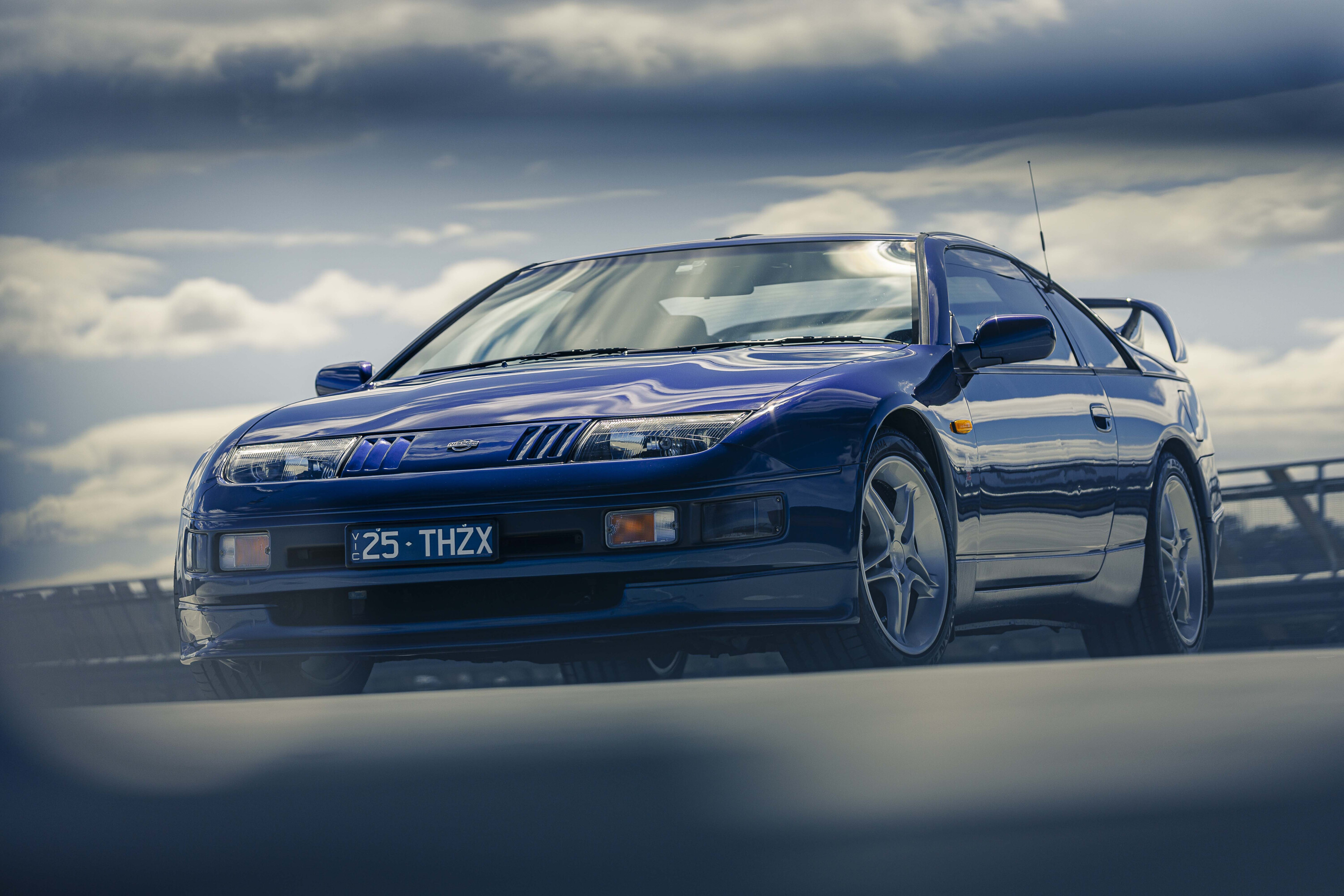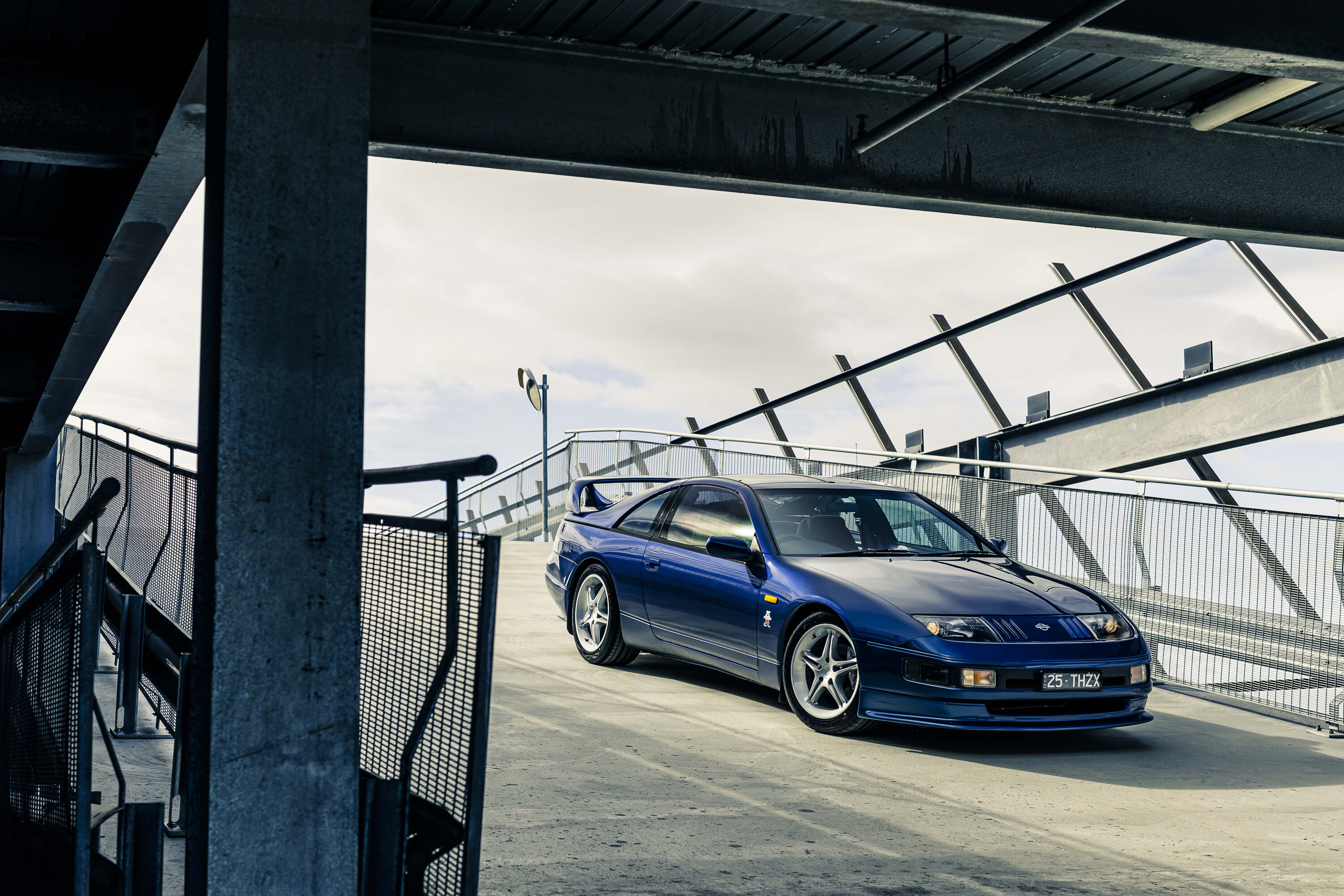Believe it or not, car manufacturers tend not to major on introspection.
The sort of excoriatingly honest appraisal process that Nissan went through in the late 1980s is rare.
Ferrari undertook such an exercise in self-flagellation when it realised the Honda NSX had made its 348 look rather half-baked and Mercedes-Benz similarly realised that it needed to pull its lederhosen up when the Lexus LS400 whispered into its purview.
While both of these regenerations were prompted by rivals, the impetus behind Nissan’s development of the 300ZX was, if anything, even harsher. Without much in the way of external prompting, it realised it had been selling mediocrity. It had become lazy, bloated on easy profits from undemanding buyers in boom years that would never last. So it changed.
The story behind this rebirth has a manic zeal to it, much of which was supplied by one man, Katsuo Yamada, the 300ZX’s chief designer. Imagine a car designer today and you’ll probably picture gym-toned men who look annoyingly well groomed and tailored and who’ll talk your ear off about nonsense like aspirational luxury or fundamental gravity.
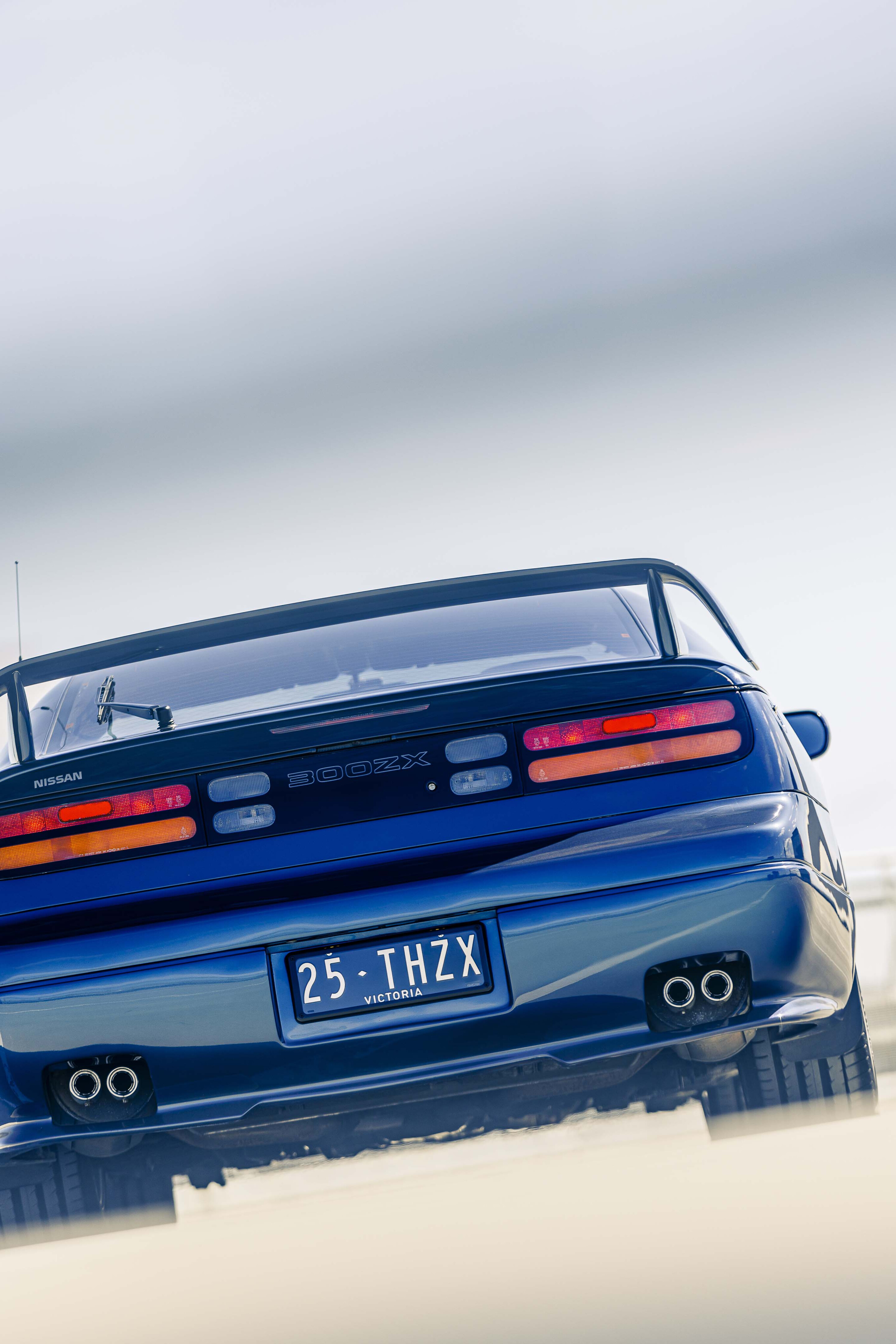
The role of the chief designer at Nissan was very different. That position meant you were the father of the car. No apologies for the patriarchal tone – that was just the way it was.
Yamada’s remit was almost total. “Before it was very common for top management to be very widely responsible for new model decisions,” he said in a Wheels feature at the launch of the car in 1989. “They only vaguely knew the market. Now the program manager can decide almost everything, not just design but pricing too. So if my Z car sells badly it is 100 percent my responsibility, for I can have no excuses.”
It’s perhaps a little easier to be willing to bear such weight of responsibility when you have a car that was designed almost from a clean sheet of paper with little in the way of compromise.
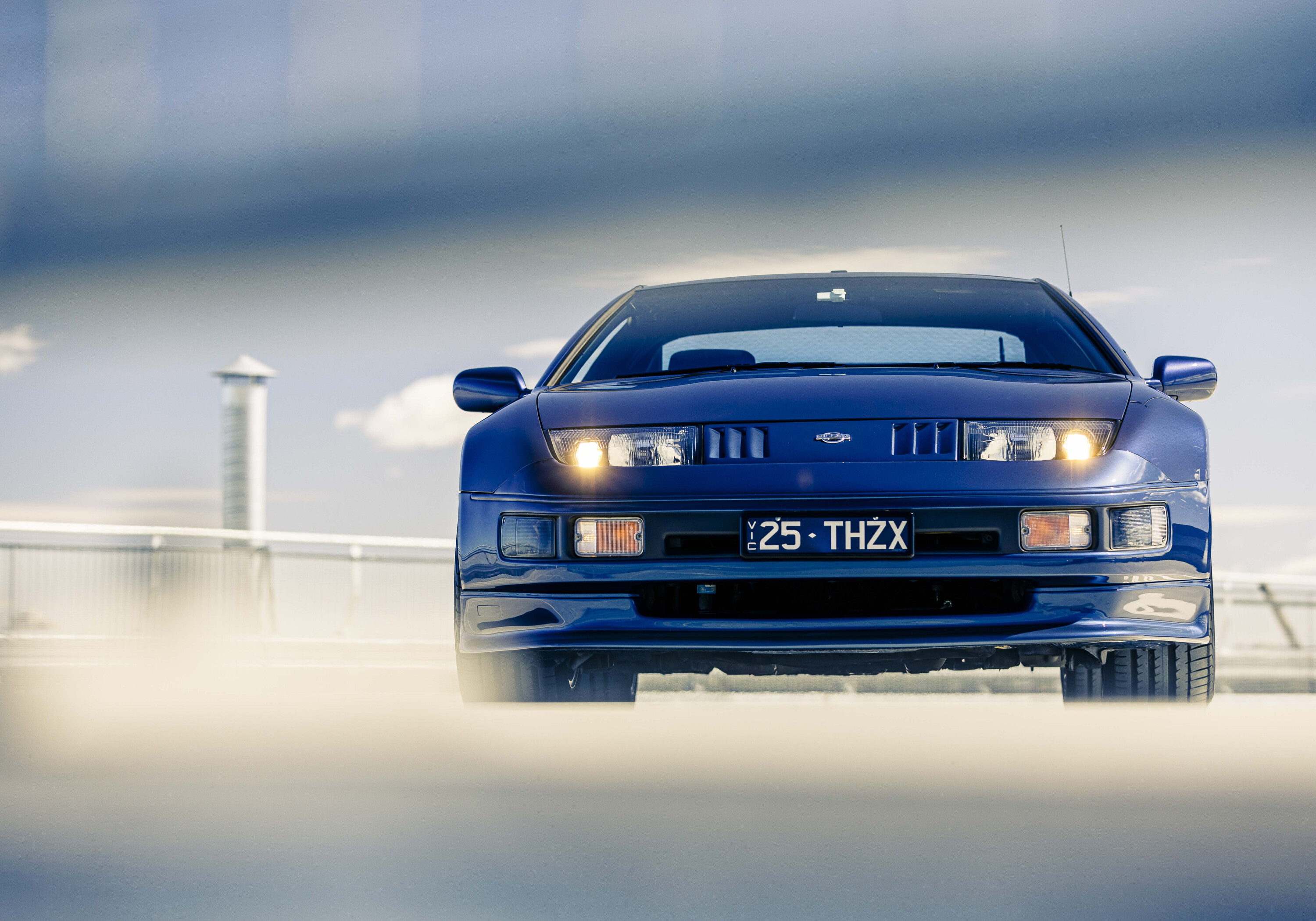
What’s most incredible about the 300ZX is that it debuted just 19 years after the 240Z.
Yes, the basics of the engine were carried over from the underwhelming Z31 predecessor, but the fact that the normally aspirated version of the iron-block 3.0-litre V6 made almost as much power as the turbocharged version of its forebear should clue you in to the fact that the engine work had accounted for some significant budget.
What’s most incredible about the 300ZX is that it debuted just 19 years after the 240Z. Consider that Yamada’s baby featured rear-wheel steering, a supercomputer-designed chassis, twin turbochargers, a viscous LSD and a distributorless fuel-injection system and twin airbags.
The 240Z had rear drum brakes and a wooden steering wheel. Wind the clock back 19 years from now and we’d be driving a 350Z, a car which still donates some of its architecture to today’s Z car.
The shape came as a result of a three-way competition between two Japanese proposals and one design out of Nissan’s California design studio that concluded in 1986.
Ridley Scott’s banned ad
Nissan aired ‘Dreamer’, a commercial during Super Bowl 24 in 1990 spruiking the 300ZX Twin Turbo. A-list director Ridley Scott created a dream sequence where a 300ZX driver is chased (in vain, obvs) by a sports bike, a sports car prototype and a jet fighter before leaping over the camera.
Lobby groups went berserk and it never aired again, the IIHS’s president Brian O’Neill saying that “This is the worst example of an out-and-out speed ad that we have ever seen.” Worst or best?
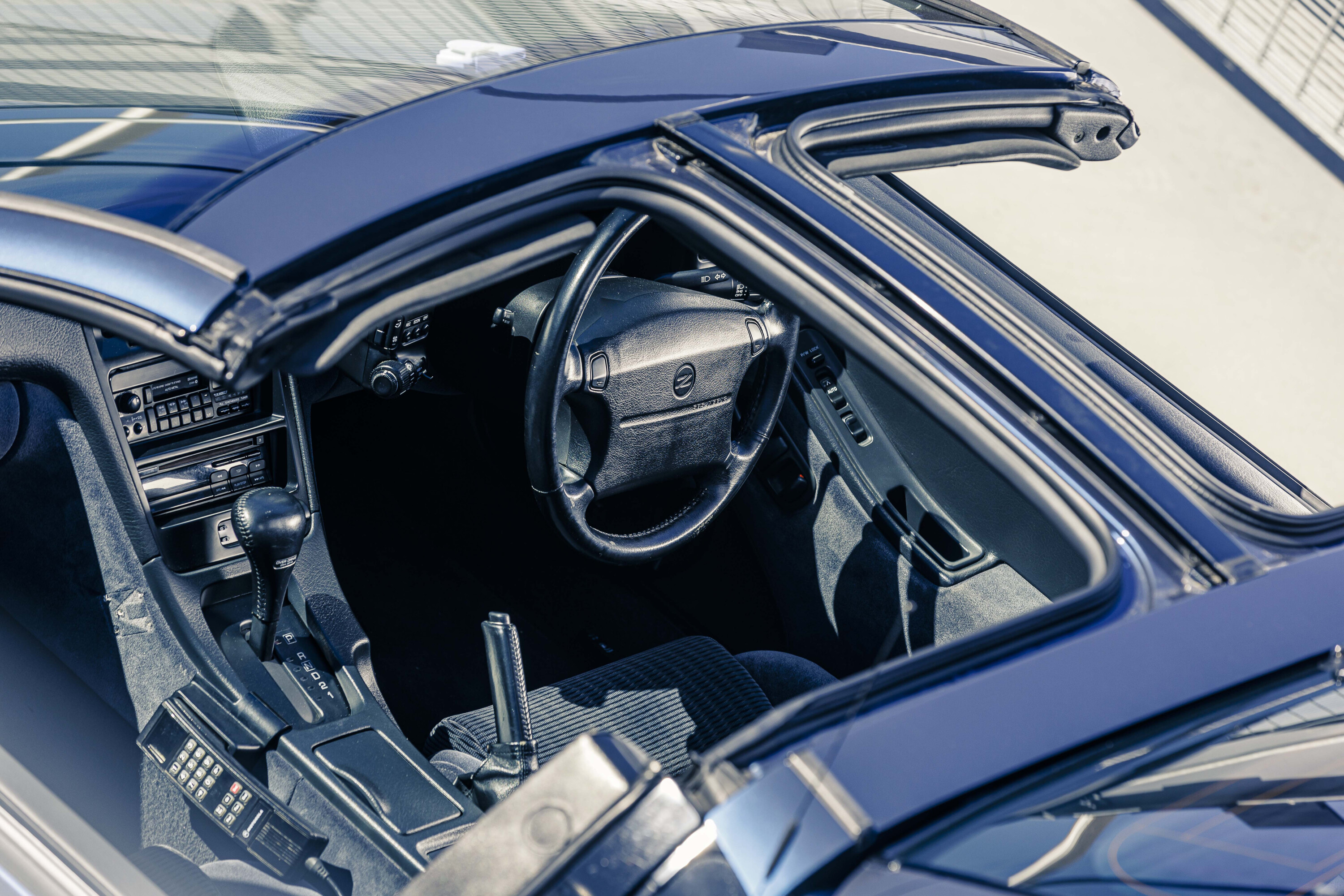
After full-size clay models were built and a good deal of chin-stroking was completed, one of the Japanese designs was chosen, credited to Isao Sono and Toshio Yamashita.
The shape bore no real resemblance to any prior Nissan design language, with its close-set headlamps and organic curves.
Wheels commissioned John Lamm to drive the car at Nissan’s Tochigi track. As a former editor of Road & Track, Lamm knew a good car when he saw one. “After a decade or more of testing new cars, you begin to recall how it was when the few great ones came along,” he noted. And Nissan had earnestly striven to make the Z32 300ZX great.
Yamada set about with the unashamed goal of building the world’s “number one sports car”, benchmarking what he saw as the best competitor cars in market – the Porsche 944 Turbo and the Chevrolet Corvette C4.
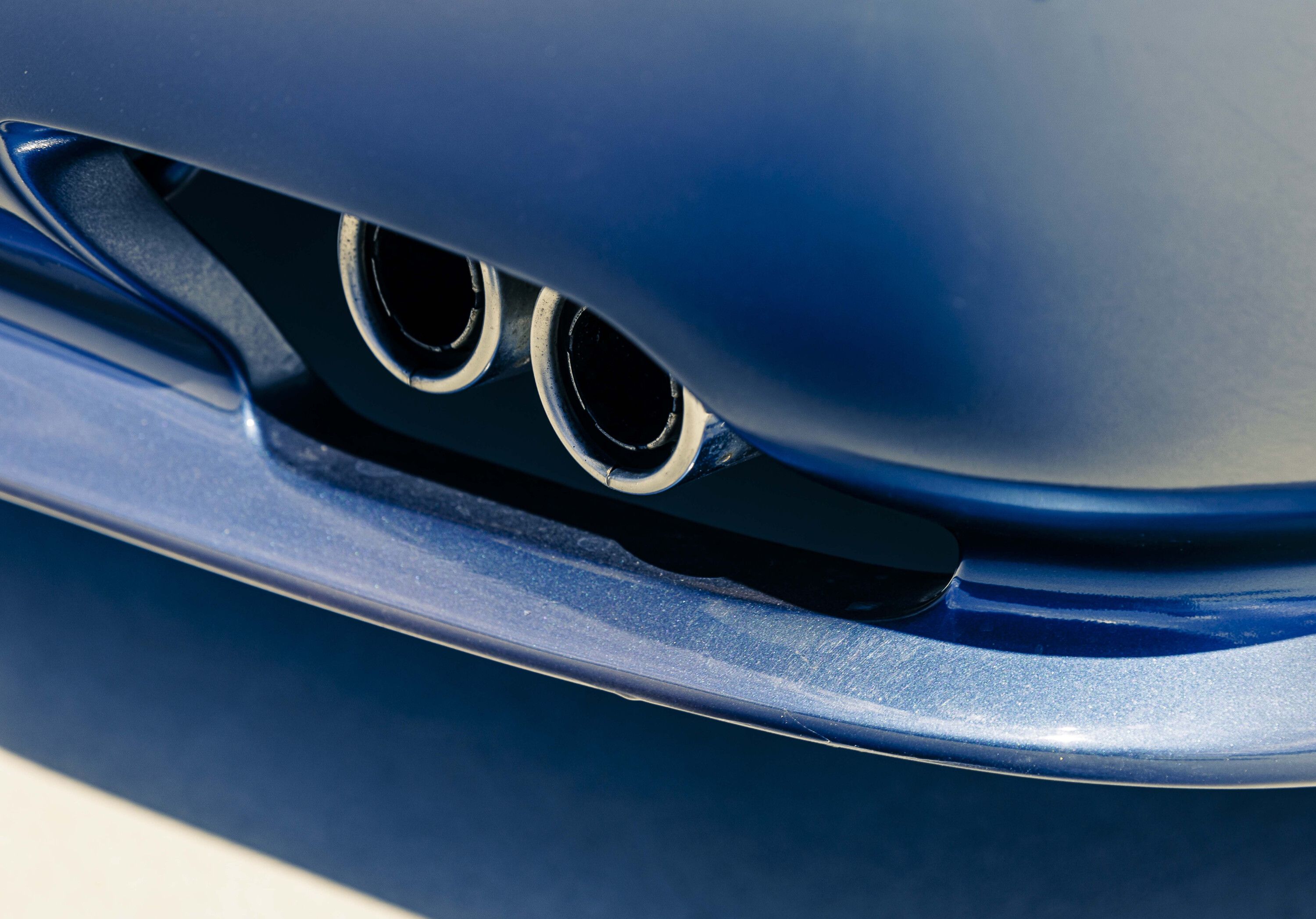
A set of mule cars with butchered Z31 bodies completed over 160,000km of testing in the US, Japan and Europe, and Ron Grable was commissioned in the US to further fettle the chassis.
Ron who? If Grable’s name doesn’t immediately ring a bell you’re probably not alone. Turns out old Ron was a bit of an automotive renaissance man, turning his hand to journalism, race driving and engineering, later becoming Motor Trend’s tech editor. Grable set a series of benchmark lap times at Willow Springs Raceway in the Corvette, before eclipsing them quite comfortably in the turbo version of the 300ZX.
166kW at 6400rpm and 268Nm at 4800rpm was nothing to be sniffed at. This was a time when a 5.0-litre V8 VN Commodore made 165kW.
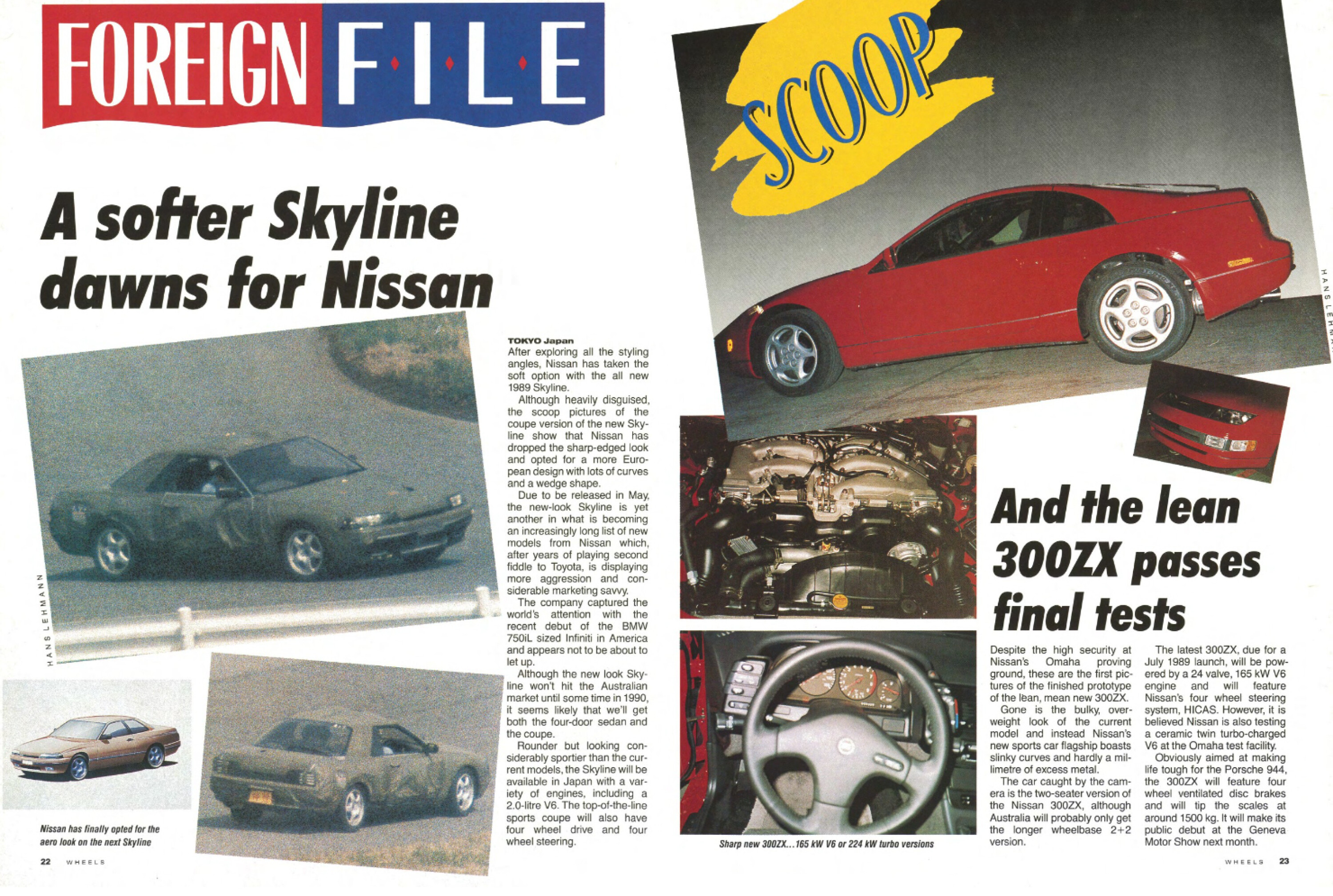
Australia never got the VG30-DETT powered Turbo with its brace of Garrett blowers delivering 224kW and 398Nm. Instead we had to be content with the VG30-DE normally aspirated unit that worked with our ditchwater-grade fuel. Still, 166kW at 6400rpm and 268Nm at 4800rpm was nothing to be sniffed at. Remember, this was a time when a 5.0-litre V8 VN Commodore made 165kW. And a Porsche 944 S2 a mere 155 kilowatts.
It was this Porsche that faced the 300ZX in our first domestic comparo and at first glance, it appeared a bit of a mismatch. Not only was the Nissan more powerful, but it was also priced at $62,950 against the S2’s $107,706. Game over before it had begun?
Not according to the redoubtable Michael Stahl, who found that the transaxle Porsche’s 280kg weight advantage, superior torque and sweeter gearbox contributed to it being a more rewarding and involving driver’s car. The magazine’s most ardent Porschephile decided that the 300ZX was closer in concept to cars like the BMW 635CSi and Porsche 928 S4.
Given that it was $139,500 cheaper than the 928 at the time, perhaps that’s no faint praise.
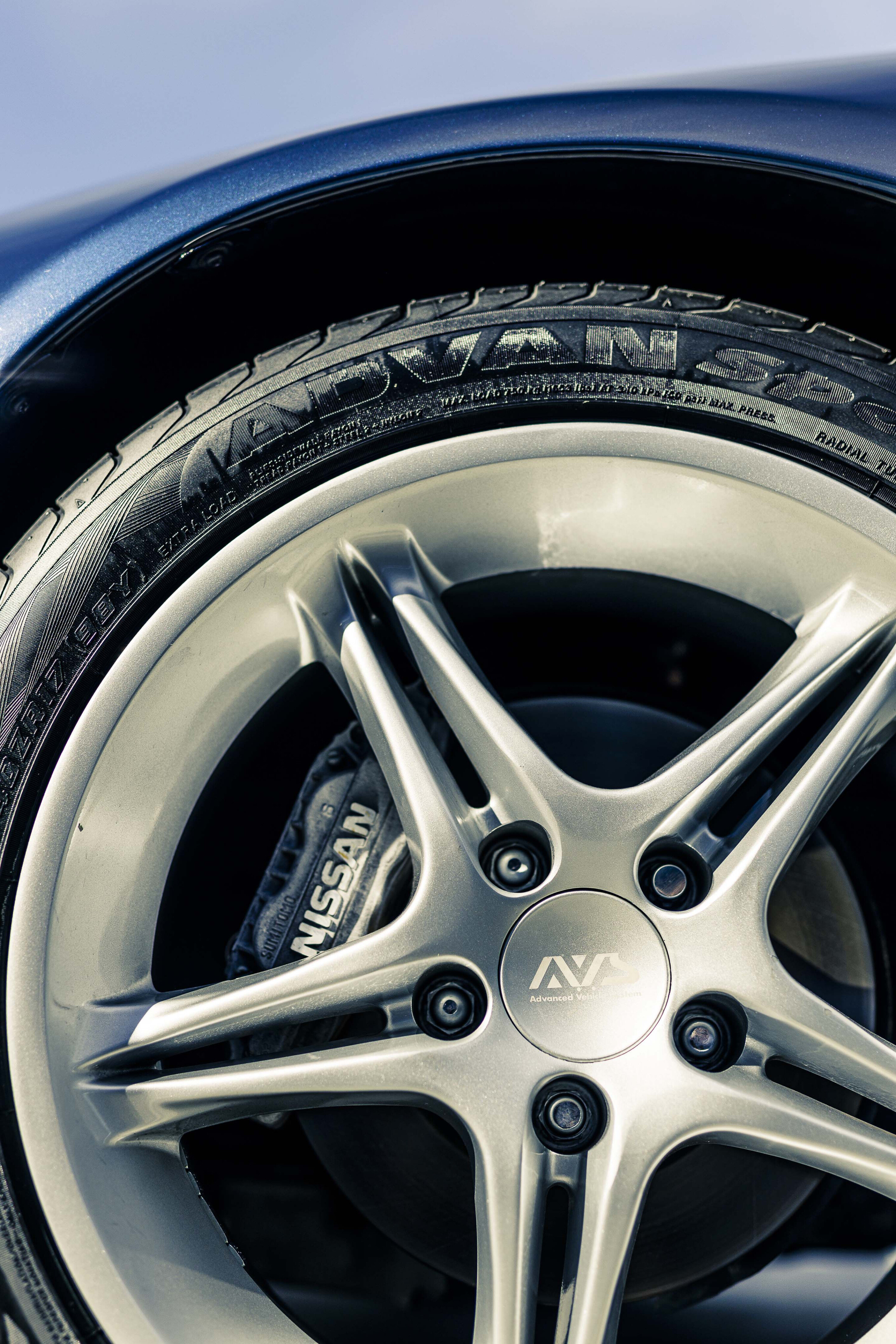
Things might well have been different had we been offered the twin-turbo car
Or the more nimble short-wheelbase two-seater (2+0 in Nissan’s parlance). But no, Australia got the Z32 combination with the feeblest power-to-weight figure.
Almost every domestic writer curiously tried to make a case for it being the sweetest option of the lot. Spoiler alert: it isn’t. This car comes alive with the added herbs of a couple of blowers.
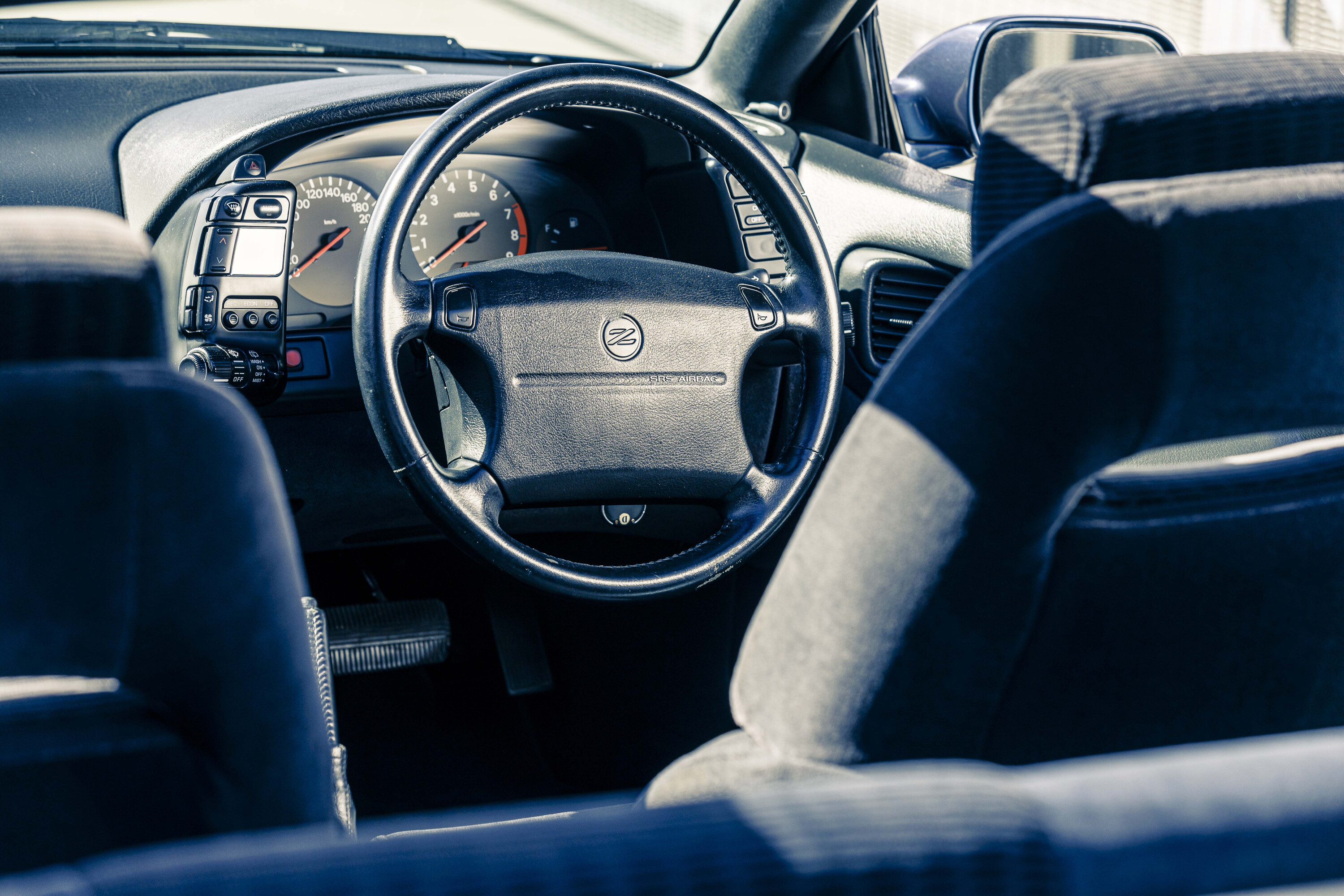
The impact that the twin-turbo 300ZX had on its key target market was profound.
Car & Driver put one up against the all-conquering Corvette Z51 and were shocked to report that “the world’s best-selling 148mph sports car has hardly been knocked flat on its back, but it has been dealt a blow. If this news leaves you reeling, we understand.
“Throughout the Corvette’s 37-year history, virtually nobody has laid a glove on its handsome, fiberglass beak. Perhaps GM didn’t see the punch coming. After all, the decisive uppercut came out of the rising sun.”
The most prized 300ZX models brought to Australia were the Steve Millen Edition Z32 25th Anniversary cars, which arrived in 1995. These celebrated a quarter of a century since the original 240Z, and a mere 40 were made.
Nissan Australia roped in Goold Motorsport using a Stillen package that included AVS 17×9 alloy wheels shod with 255/40 Yokohama tyres, a body kit that comprised front and rear bar lips, a modified deck spoiler and slatted front panel, 25th Anniversary decals and a 30mm ride height drop.
The price? A healthy $5K increase over the standard 300ZX, so $88,300 for the manual and $92,995 for the automatic. Neglected for some time, these cars now fetch figures not far off that original asking price.
The Kiwi connection
In 1995 and 1996, Steve Millen Motorsports (Stillen), developed an upgraded SMZ model, sold through selected Nissan dealers in the US and Canada.
Good for 365hp, the vehicle was covered by a factory warranty and featured Skyline GT-R brakes, improved breathing via a revised intake system and exhaust, plus an increase in boost. In total, 104 SMZ models were built, priced at a $14K premium over the Z32 Twin Turbo.
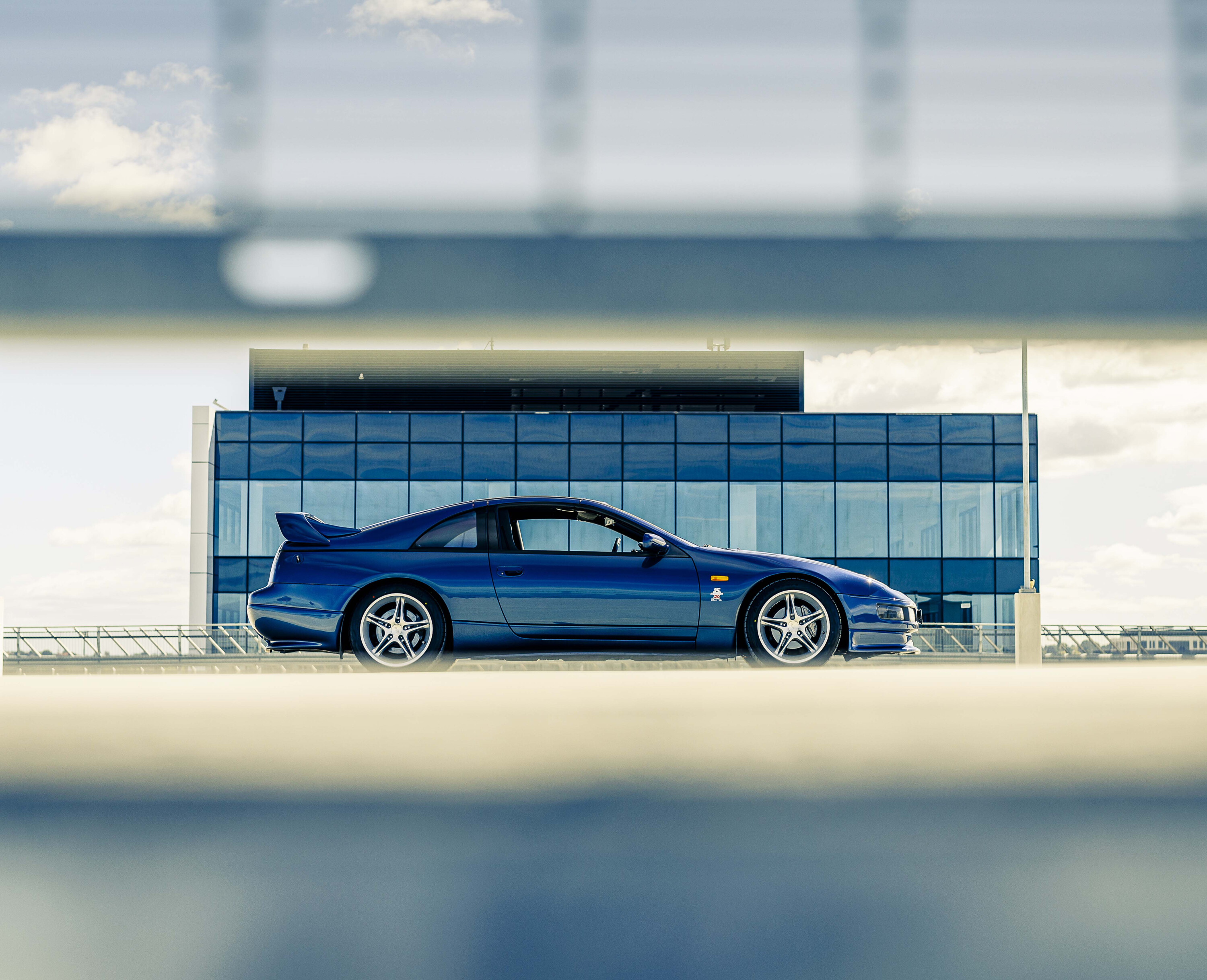
The owner of the 25th Anniversary pictured here, Wayne Couacaud, is working on a register to track down as many of the 40 originals as possible.
The count currently stands at 18. If you have one, get in touch and we’ll pass your details on.
Was the 300ZX a success? That’s up for debate, but it’s more an issue of macroeconomics than any shortcoming on Nissan’s part. Here in Australia, the 240Z and 260Z sold nearly 4500 units between them.
The 280ZX recorded 3465 registrations between 1979 and 1984, while the Z31 and Z32 models of the 300ZX clocked up 4455 sales between 1984 and 1997. The 350Z was a strong performer, finding 4990 owners from 2003, while its successor the 370Z was in market from 2008 and contributed 5244 sales.
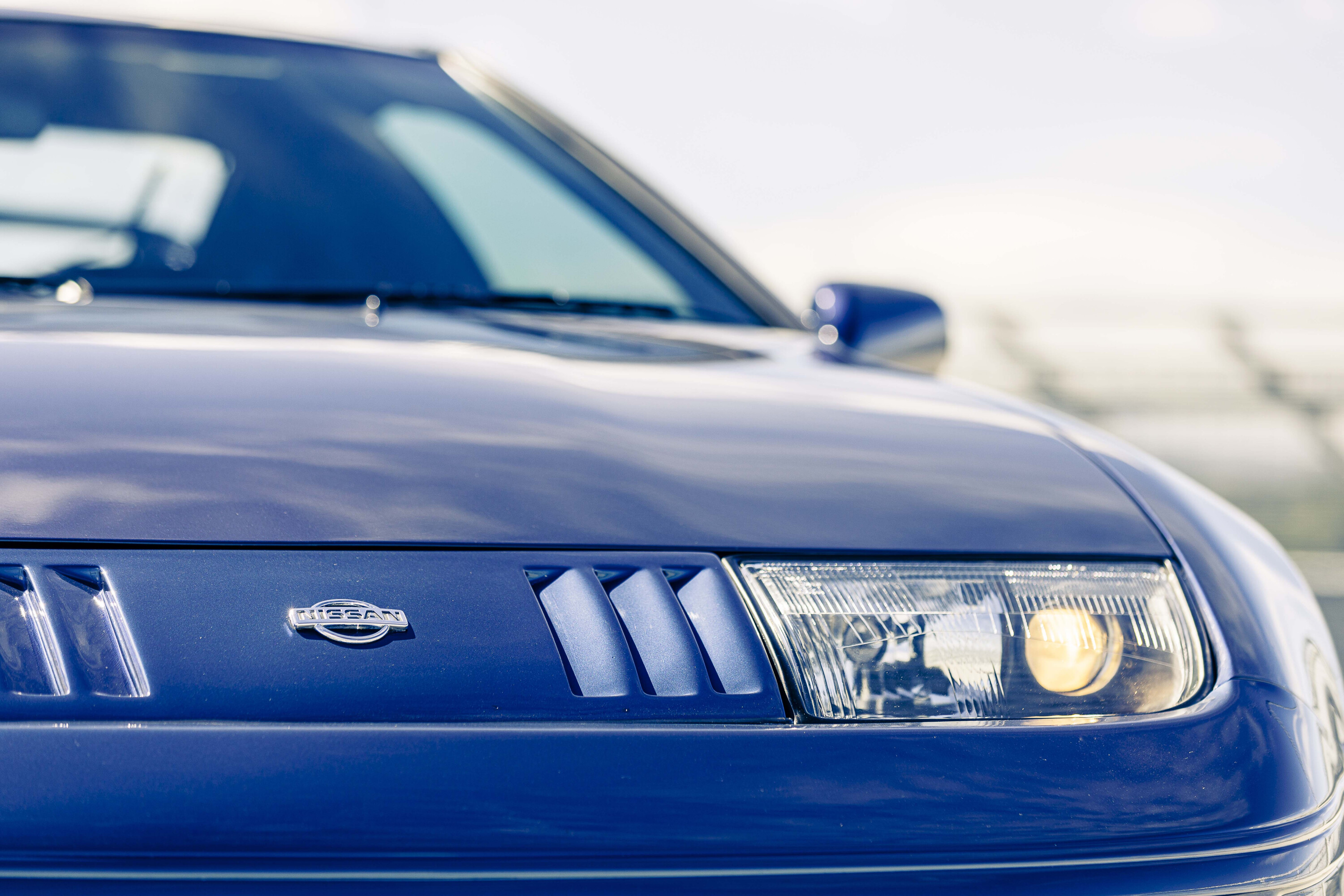
In terms of outright numbers the 370 is the champ, but in terms of sales per calendar year, it’s unlikely Nissan will ever top the 350Z, on these shores at least.
Globally, it’s a whole different kettle of kippers. The problem is that the best-selling Z cars in their key market of the US have a distinctly shaky correlation with those considered by enthusiasts as the best generations.
The 260Z and the Z31 300 both sold in huge numbers in America, but the Z32 version couldn’t reprise the success of its predecessor. It sold around 7000 units per year Stateside, versus the 45,000 a year figure of the Z31.
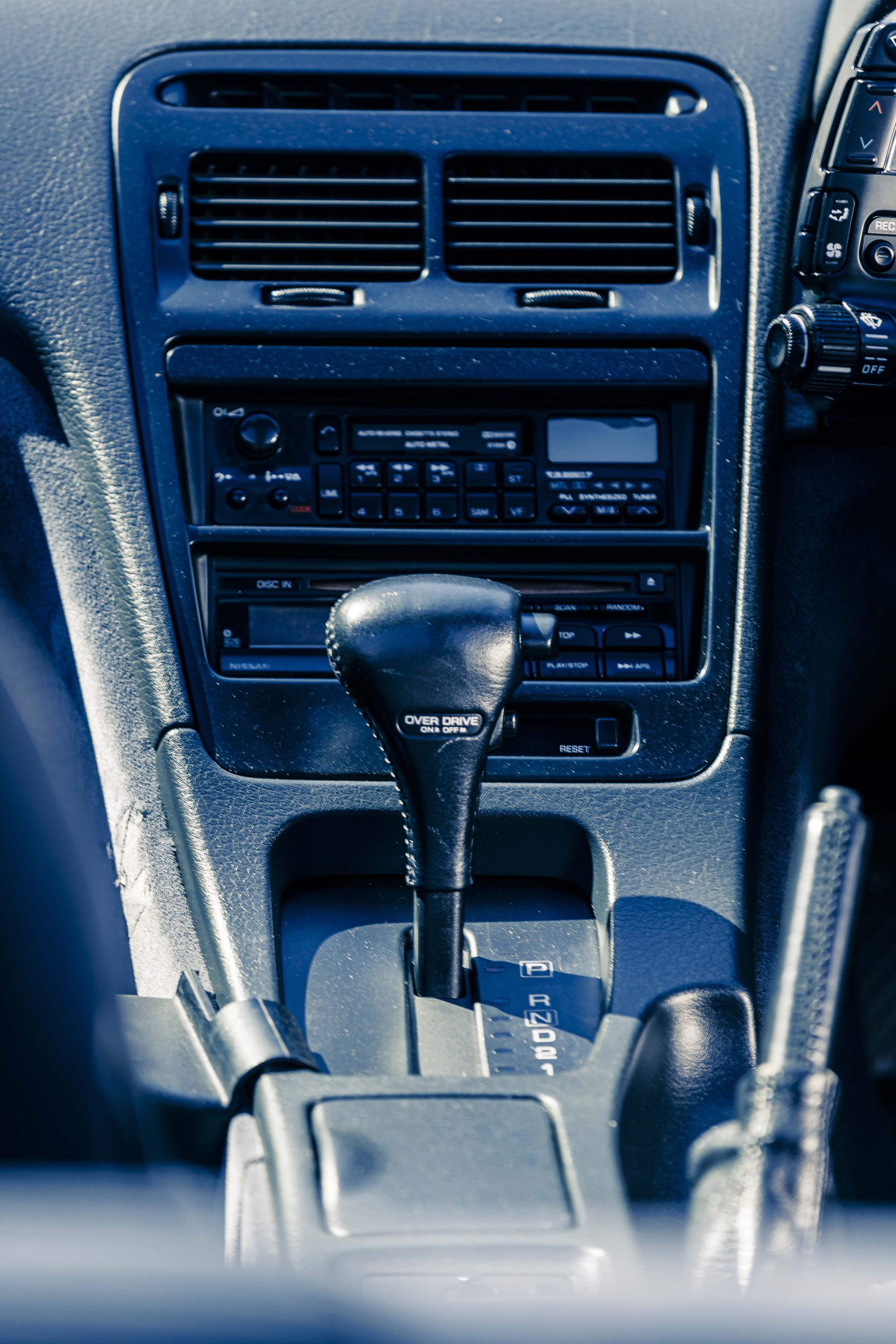
To put those numbers in perspective, the Z31 shifted over 73,000 units in 1984, whereas the Z32’s biggest year was 1990 when it sold just over 22,000 cars.
When the Z32 was being developed, an American dollar bought 200 Japanese yen. By the time the car rolled into dealers, that dollar bought a mere 125 yen.
Where the Z31 could be marketed as a budget alternative to a Corvette, the Z32 was expensive, like most of its compatriots, arriving in US showrooms at around $1000 more than a ‘Vette. Even a March 1989 cover of Road & Track with a story that opened with: “I’ve just driven the best sports car in the world” wasn’t enough to generate anything like the sales to depose the doughty Corvette.
In Australia, the base normally aspirated 2+2 version was $63,000 in 1990, which, adjusted for inflation, would be nearly $150K now. That would buy you power and torque figures easily eclipsed by a $37,500 Ford Escape soccer-mom SUV today.
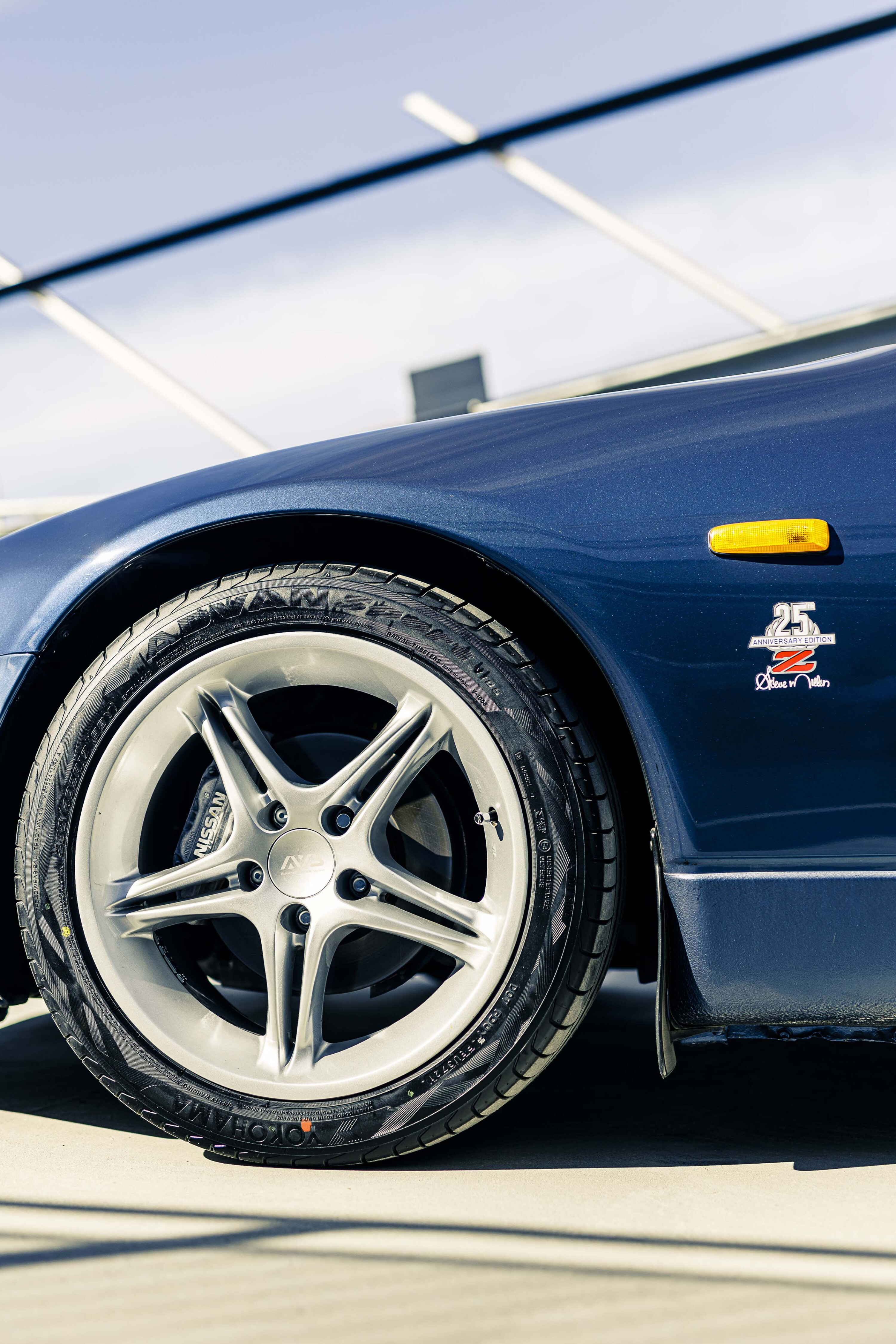
Perhaps that partly explains why the standard 300ZX was left a little adrift in the recent crazily spiralling Japanese sports coupe inflation.
It was a lovely thing, but never quite enjoyed the moment that Nissan envisaged. Its legacy might have been a little more burnished had it not been launched in the same year as the original Mazda MX-5, a car which scooped virtually every sports car award available. Or if the Japanese bubble economy hadn’t burst.
Circumstance was never kind to the Z32 300ZX. The passage of time? That could well prove a little more benign for one of the most endearing sports coupes Japan ever built.
